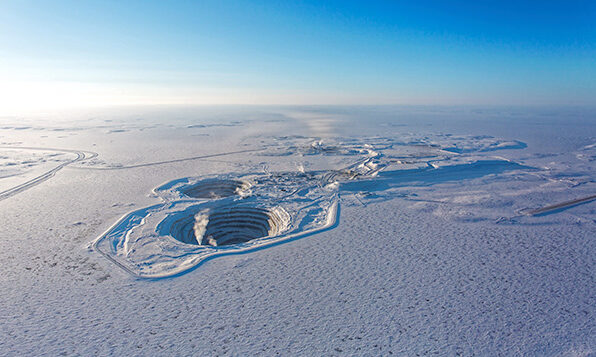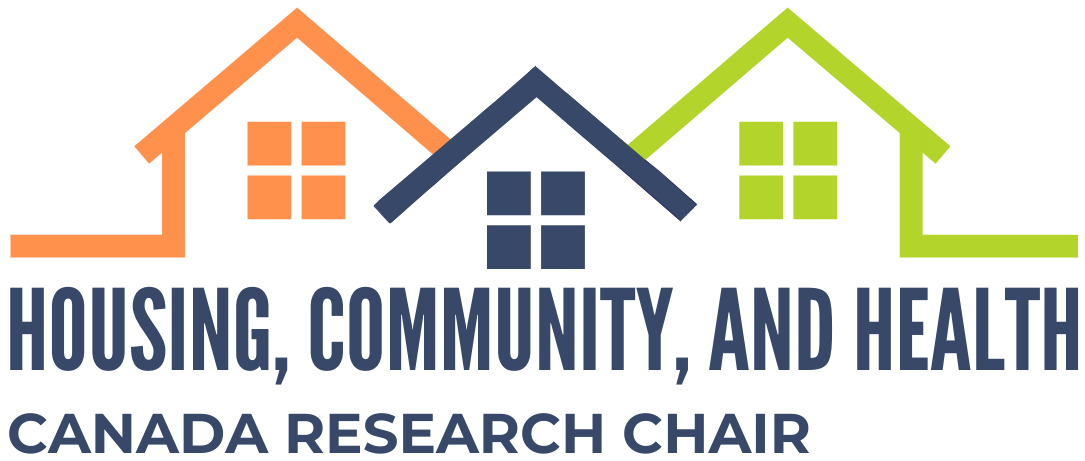Congratulations to lab member Ella Myette and Prof. Riva for their recent publication in The Extractive Industries and Society, “Surveying the complex social-ecological pathways between resource extraction and Indigenous Peoples’ health in Canada: A scoping review with a realist perspective.” This paper explores the connections between resource extraction projects in Canada and subsequent effects on Indigenous communities’ health and well-being.
Canada is a global hub for resource extraction, which is closely linked with colonial infrastructures and has been an integral part of colonial expansion in Canada since early exploration.
Resource extraction (mining, oil, and gas) can affect the health and well-being of Indigenous Peoples and communities both directly and indirectly, through complex social-ecological pathways. However, there is a knowledge gap regarding how projects can impact Indigenous communities’ health. This is both due to a shortage of research that focuses specifically on Indigenous Peoples, as well as insufficient studies examining the particular determinants of Indigenous health.

In addition, Indigenous frameworks for health differ from those used by current regulatory systems. In an Indigenous framework, health is holistic and relational and, as the authors explain: “with an integrated and balanced understanding of the physical, emotional, mental and spiritual aspects of a person’s life. Within Indigenous perspectives and ways of knowing, there is no separation between a person and their environment.”
Extraction projects pose particular risks to the determinants of health for Indigenous Peoples. Not only can they threaten community strengths and sources of good health, but the innate links between extraction and colonialism can affect Indigenous communities intensely, reactivating trauma and continuing harm. With this in mind, the authors worked to address the following question:
What are the pathways connecting resource extraction projects to Indigenous Peoples’ health and wellbeing?
To investigate, the authors conducted a scoping review of the literature on resource extraction in Canada. A total of 14 publications were included in the analysis. Using a realist perspective, they identified ways in which resource extraction can affect Indigenous Peoples’ health. They identified two sets of mechanisms: resource mechanisms and response mechanisms.
Resource mechanisms describe those changes stemming directly from extractive activities with the potential to impact health— the components introduced as a result of the intervention that change what is “on offer” and affect communities. On the other hand, response mechanisms highlight the various community reactions to and consequences of these changes. The distinction between the two provides space for a multi-level look at causal processes linking resource extraction to health.
These mechanisms were collated and organized by project phase: consultation (which includes exploration and planning), active (operation), and post-closure (reclamation and remediation). This was done to draw attention to how pathways to health can differ over the life course of the extractive project.
Eight resource mechanisms were identified through which changes in the extraction sites may affect health:
-
- Engagement in assessment and consultation processes (consultation)
- Interaction with government and industry officials (consultation)
- Presence and nature of new work and training opportunities (active)
- Changes to the economy and influx of new money (active)
- Changing social structures and new inequalities (active)
- Environmental degradation and dispossession (active)
- New and longstanding changes to the economy (post-closure)
- Lasting effects on land (post-closure)
Common response mechanisms across the project phases included: diminished access to land for hunting and cultural activities and reduced consumption of traditional foods; community stress due to separation from traditional lands; division and stress in the community and new social problems; changing family dynamics leading to tension and breakdown; economic mobility and ability to finance time on the land; difficulties for children and students; increased violence against women; and increased substance use and abuse.
Results of the study have important implications for how regulatory systems assess risk. Current tools used to evaluate proposed extraction projects, such as impact assessments, are unable to fully predict potential health consequences. While some of the negative effects of extraction projects are visible (i.e. material and tangible), others are more difficult to detect. These effects tend to impact health through indirect pathways that are not considered by current regulatory systems.
Ultimately, the study reveals that the current environmental impact assessment process is unable to adequately anticipate how extractive projects may affect Indigenous Peoples’ health or take into account a larger history of colonial traumas. With this in mind, the authors explain that “adapting the methods used in these assessments to make them more aligned with Indigenous perspectives on health could be a feasible first step towards making this regulation more appropriate and accurate.”
Read the full paper here or email the authors, Ella Myette and Dr. Mylene Riva to learn more.
